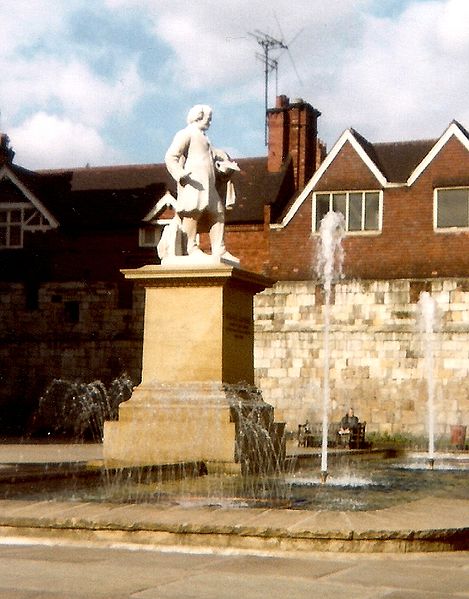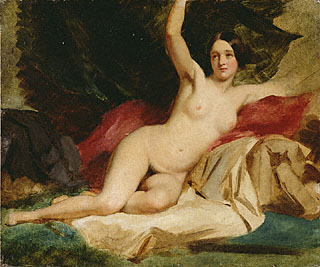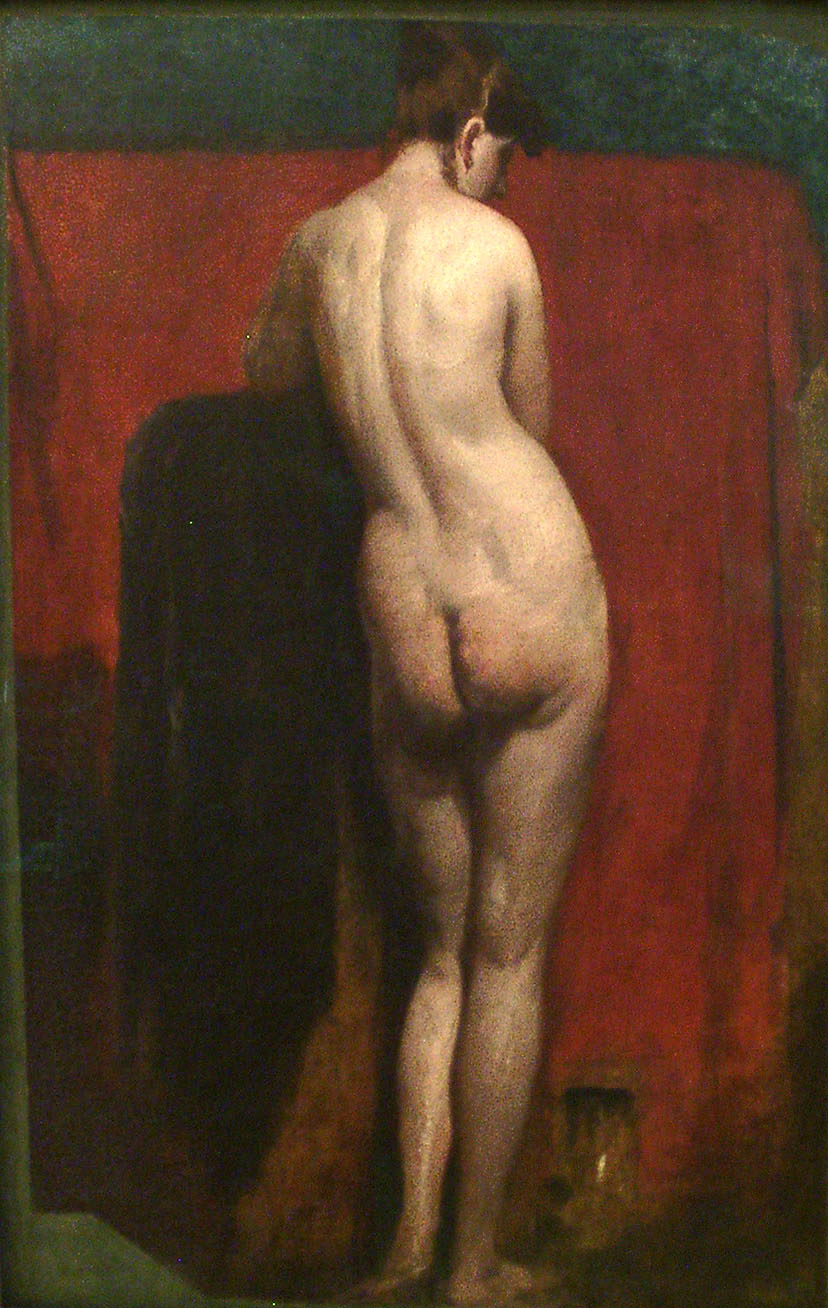<Back to Index>
- Physician Marcello Malpighi, 1628
- Painter William Etty, 1787
- King of Aragon Ferdinand II, 1452

William Etty (York 10 March 1787 – 13 November 1849) was an English painter, best known for his paintings of nudes.
He should not be confused with William Etty (c.1675 - 1734) architect of Holy Trinity Church in Sunderland (1719) and many other churches.
In accordance with the wishes of his father, Etty served seven years of apprenticeship to a printer in Hull.
He was, however, enabled to pursue his studies in painting through the
generosity of his uncle, William Etty, who in 1806 invited him to London. In 1807 he entered the Royal Academy School, studying under Henry Fuseli, and he also studied privately for a year under Sir Thomas Lawrence, whose influence for some time dominated his art. He copied a great deal from the old masters in the National Gallery and was a constant student in the Life School of the Academy, even after he had become an Academician. He paid a brief visit to Paris and Florence in 1816, and in 1822 he took a longer journey to Italy, spending most of his time in Venice. From his studies of the Venetian masters he acquired that excellence in colour for which his works are chiefly known. His
works are exhibited extensively in major British galleries. On his
return to England in 1824, his "Pandora Crowned by the Seasons" was
much applauded, and he was made a member of the National Academy in
1828. From this time he was very successful and attained a good
competence. He resided in London until 1848, but on account of failing
health he retired to York, where he died. Etty
painted very unequally. His work at its best possesses great charm of
colour, especially in the glowing, but thoroughly realistic, flesh tints. The composition is good, but his drawing is
sometimes faulty, and his work usually lacks life and originality. He
often endeavoured to inculcate moral lessons by his pictures. He
himself considered his best works to be "The Combat," the three
"Judith" pictures, "Beniah, David's Chief Captain" (all in the National Gallery of Scotland, Edinburgh, "Ulysses and the Sirens" (Manchester Gallery), and the three pictures of Joan of Arc. He is also represented in the Victoria and Albert Museum in London, and in English provincial museums; the Metropolitan Museum, New York owns his "The Three Graces," considered by many his masterpiece. "The
Combat" was a large painting, over 10 feet in height and 13 feet in
breadth. No buyer would purchase it until Etty's fellow painter John Martin acquired
it for ₤300. Hung in Martin's studio, it was seen there by Lord
Darnley, who then commissioned Etty to paint his "The Judgement of
Paris."
A statue of Etty, erected in 1911, stands in front of the York Art Gallery in
his home town. Yet "He remains a neglected and underrated artist, one
of the few nineteenth-century painters to paint classical subjects
successfully." Etty had only one English follower in the practice of painting the nude, in William Edward Frost.

